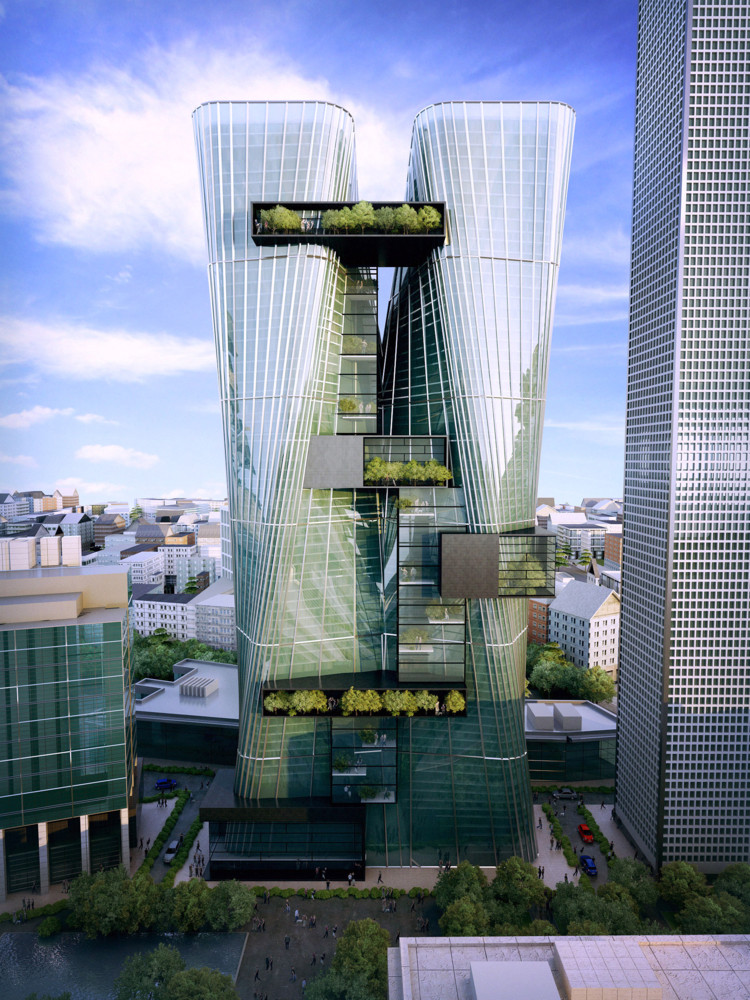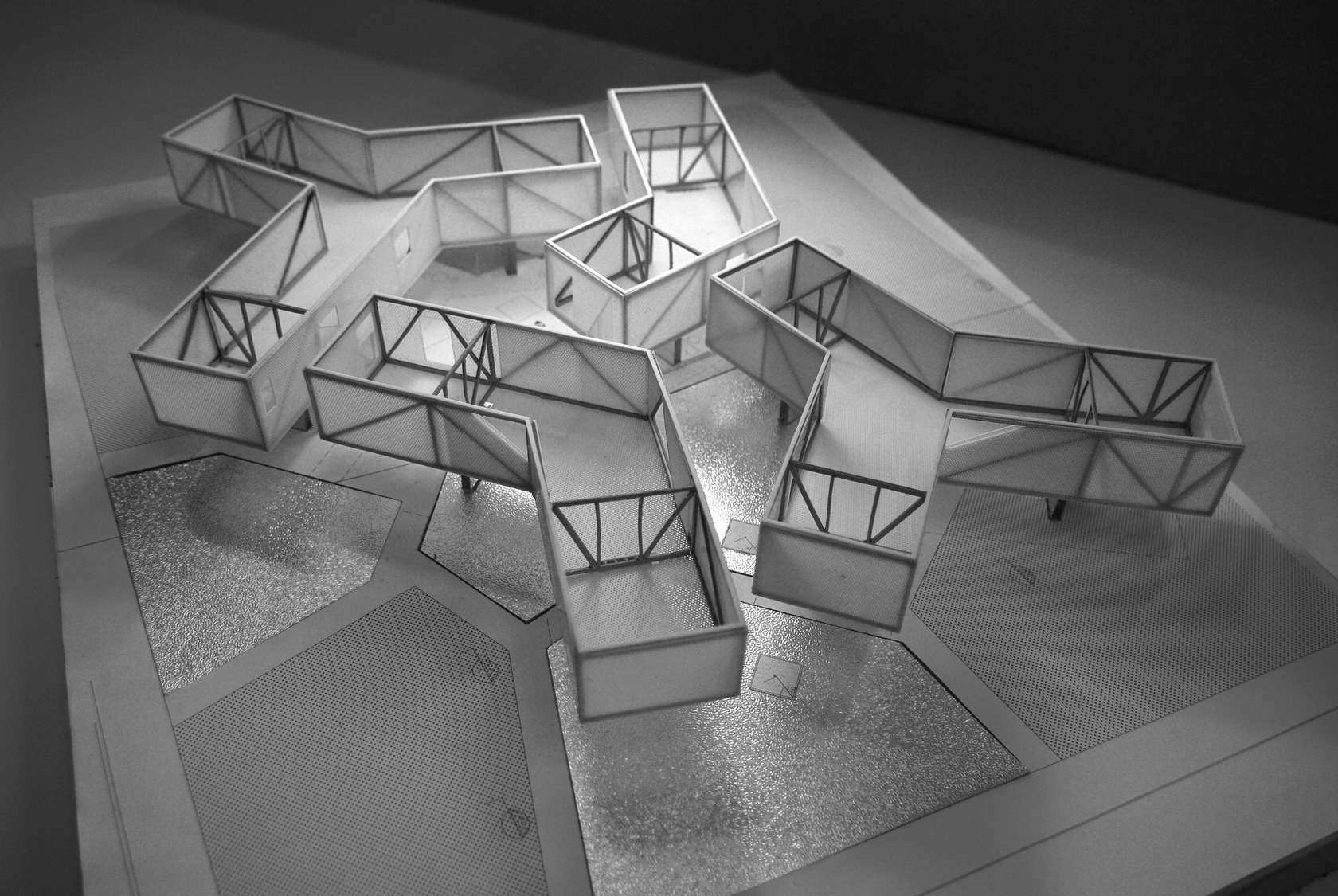
“I was realising that I didn’t identify as a woman, and I think realising that also had a lot to do with the way I approached design,” Hu said. During the summer between their first and second year, Hu came out as non-binary. Within their first semester, they were elected to student government, thereby forced into a public role within the university, often working with unions to advocate on behalf of rights and fair wages for graduate students. Step out of their comfort zone, they did-and in a big way. I felt like I needed to get out of my comfort zone.” “But when I got to grad school, I cut off my hair and got a pixie cut. “I’d always had really long hair I felt like I could hide behind it, and it was a way of shielding myself from the world and the world from me,” they said. Flying across the country to start a new life was a revelation for Hu, and they noticed a difference in themselves almost instantly. Hu graduated in 2012 with a degree in architecture and sustainable design, went to work at a residential architecture firm in San Francisco and two years later was accepted into Columbia University’s Graduate School of Architecture, Planning and Preservation. I took it and really enjoyed the creativity and freedom, so I kept with it.” Owning their identity and speaking out “I set out to find a new major and happened upon an intro to architecture class. “I had a really great economics teacher in high school and decided to apply to UC Berkeley for economics and got in, but then I took one econ class and realised I was falling asleep,” they said. But none of this would be happening if it not for a boring economics class they took in college. Through this work, Hu is emerging as a vital voice in the architecture and design industry, advocating for much-needed change and inclusivity. Outside of work, Hu is co-creator of Design As Protest, a collective of anti-racist designers working to make the industry more inclusive founder of Queeries, an initiative to give voice to the experiences and feelings of queer designers and an active part of organisations such as The Architecture Lobby, QSPACE, ArchiteXX and AIA New York. Hu started working with Ascendant in October 2019 through the two-year Enterprise Rose Fellowship, linking promising architects with community development organisations.

Their day job is design initiatives manager at Ascendant Neighborhood Development Corporation, an organisation that creates affordable housing and works to help the communities of East and Central Harlem. Identity is hugely important to Hu, who identifies as a queer, non-binary person working in New York City with the pronouns they/them. The third line includes things Hu is invested in, such as “inclusive equity,” “queer spaces,” “queer representation” and “gender architecture.” At the bottom of the page is a link to Hu’s Twitter profile.

Beneath the name at the top, the text on the second line reads: “I am a” and next to it scrolls terms such as “glittery person,” “curious activist,” “feminist cat-person,” “non-binary designer” and “organiser.” Hu, and you will see a single page with four lines containing static and scrolling text. Log onto a-l.hu, the website of architect, activist and organiser A.L.


 0 kommentar(er)
0 kommentar(er)
